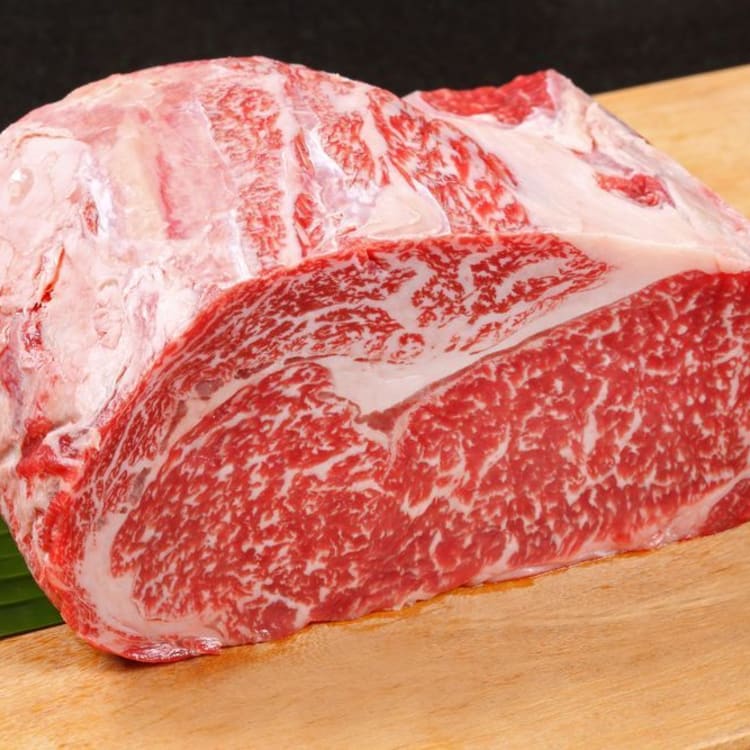
GUIDE Wagyu Knowledge 101 How much do you know about “Wagyu”? by JNTO on 05 July 2019
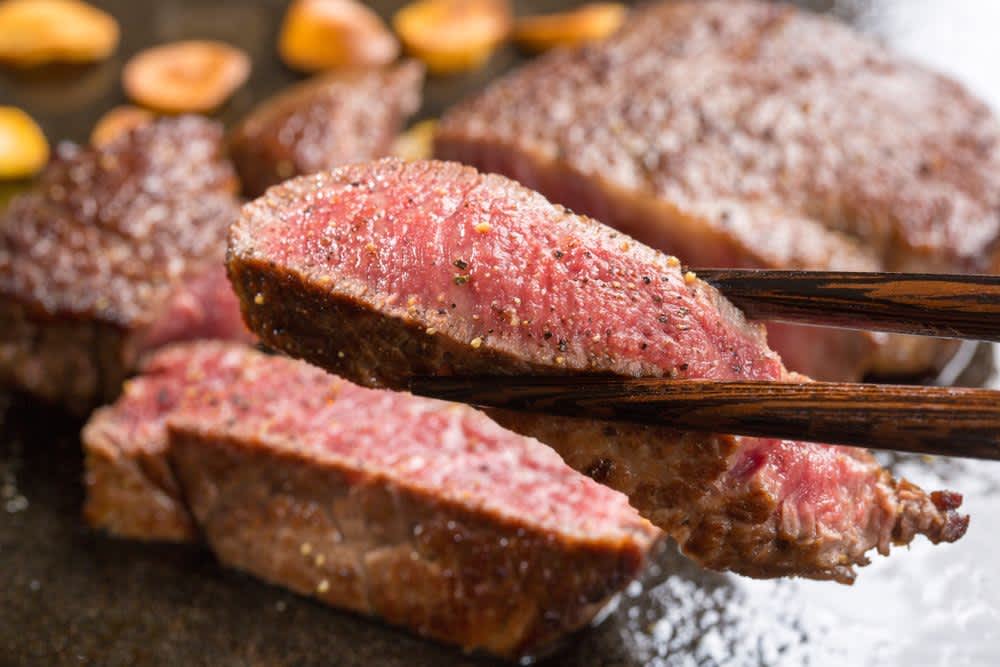
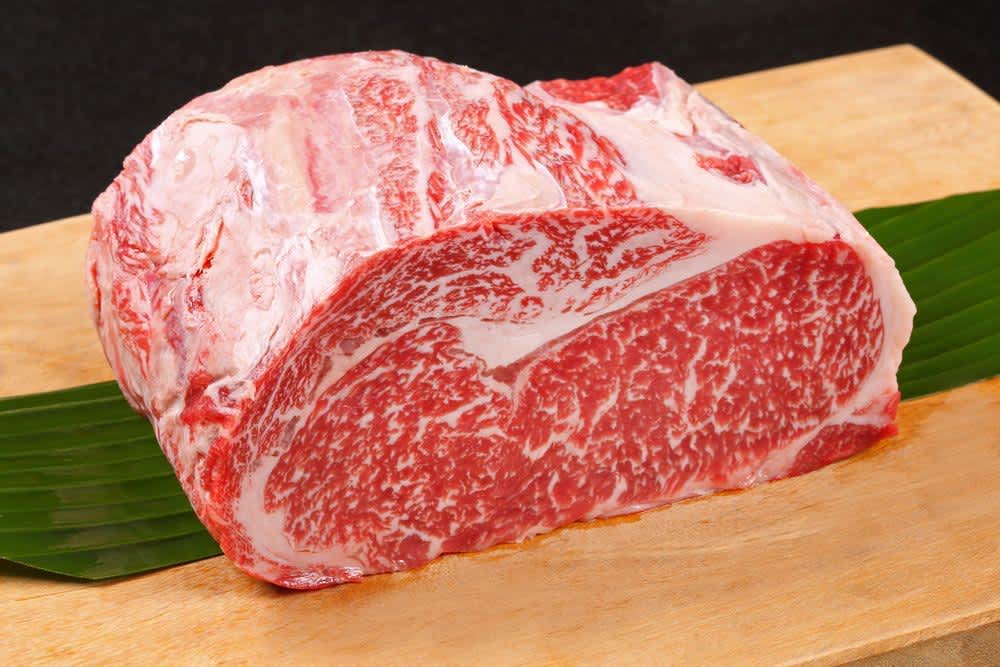
Better than ever: Aged Wagyu
Some things just get better with age. Food like cheese and wine becomes more savoury and flavourful with time, and so does beef. Beef should also be aged like fine wine to intensify its flavour.
In this article, we will introduce famous wagyu such as the Kobe beef, Miyazaki beef, and Tosa Akaushi. You can also check out Japanese beef specialty stores when you visit Tokyo.
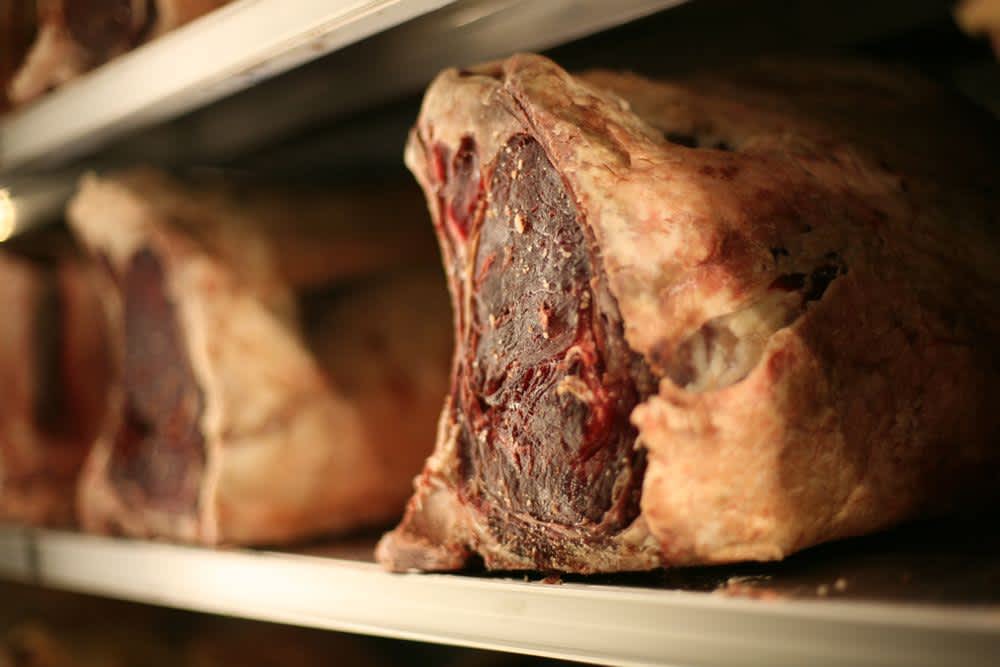
What is aged Wagyu?
Fresh beef consists of muscle fibres which are held together by collagen tissues. The natural collagen is one of the reasons why steak toughens during the cooking process. To avoid such toughening, abundant fat marbling and dry ageing are required. During the ageing process, natural enzymes will cause the collagen to break down, leaving only the tender meat fibres and the marbling. Water in the beef will evaporate during the ageing process while the flavour intensifies.
Where can I try it?
If you would like to try aged Wagyu steak, there are many famous restaurants and specialty stores in Ginza, Nishi Azabu, and Roppongi areas.
In particular, Toranomon Hills branch of Tajimaya serves Tajima beef. “Tajima” is the ancient name for the Kobe area and Tajima beef only comes from Hyogo Prefecture. This beef is dry-aged for 45 days before you can enjoy its flavourful taste resulting from its perfect marbling.

Highest grade sizzling Wagyu
There are four different types of wagyu!They are namely: Japanese Black, Japanese Brown, Japanese Shorthorn, and Japanese Polled. Wagyu is also ranked with different grades from A-C and 1-5. Meat is graded individually for its yield, marbling, colour, texture, and the quality of fat. A5 is the highest possible grade given only to the finest beef. Ahill Ginza is one of the best places if you want to pamper yourself with the highest quality of steak. Their signature luxurious Salisbury steak combines A5 wagyu beef, branded pork, and foie gras. For those who want a less guilty treat, you can choose beef fillet which is tender and flavourful.
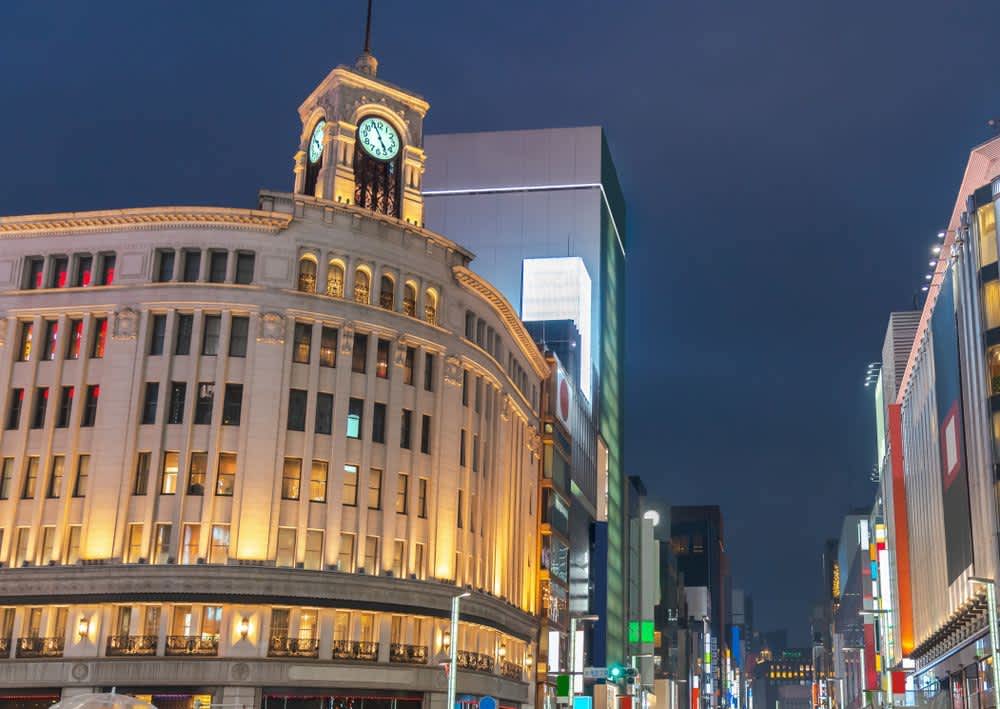
Award-winning Wagyu – Kobe beef
A common misperception is that Kobe beef is a breed. However, wagyu means “Japanese beef” and refers to one of the four types of beef, while Kobe is the region where it is from. Only the Tajima bloodline of Japanese Black is recognised as the Kobe beef. Kobe is a famous port city for the export of wagyu. Even today, Kobe is still the most internationally recognized wagyu brand.
In Japan, to qualify for the wagyu mark, the cattle need to be reared and fed according to strict guidelines. Such utmost care makes the beef expensive, but savoury. This is to ensure a perfectly even spread of marbling in the beef. Young wagyu calves are fed by hand and when the weather gets cold, they wear coats (imagine how cute that is!)
The calves stay on farms where they are born and raised until they are 9 months old when they are sold to fattening farms.
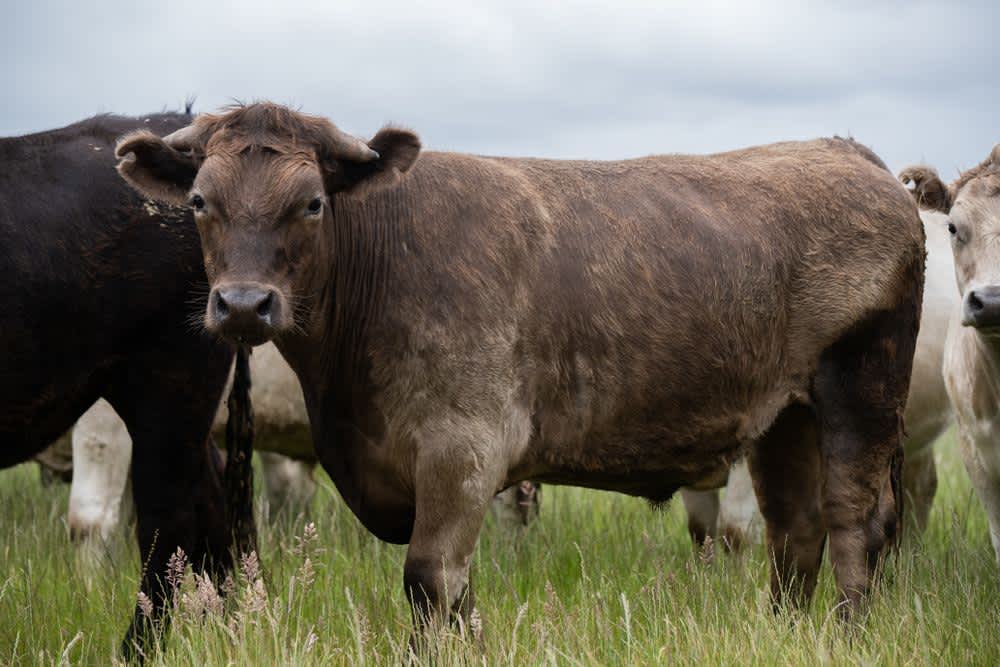
At the fattening farms, wagyu cattle are raised in ventilated barns and each one is given a name instead of just a number. They will be fed a high-fibre diet of rice straw, maize, barley, whole crop silage, and concentrate. The cattle are allowed to grow up to about 700kg which generally take about three years (Normally, cows are slaughtered at about 18 months. For each wagyu breed, there are stricter weight rules).
Every cow also has a birth certificate, which identifies its bloodline, so all pieces of Japanese wagyu steak can be traced back to the farm where they come from. Everyone has heard the story that cattle are fed on beer and massaged daily in Japan, but this is not necessarily the case. However, they are brushed to increase blood circulation and to relieve stress, and sake is fed to them in hot weather to stimulate appetite.
The Michelin-starred beef
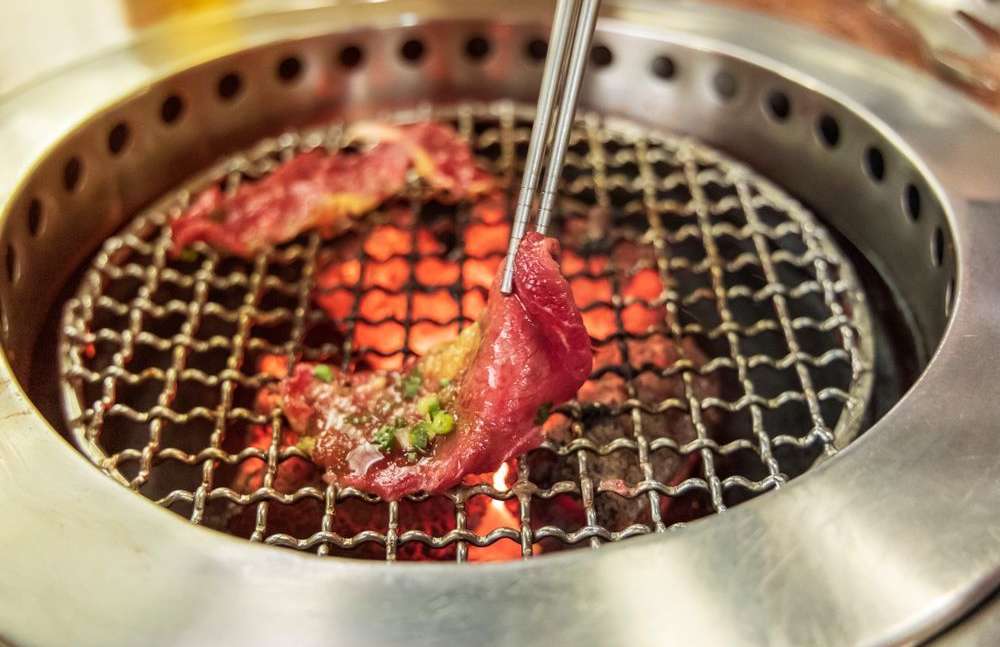
If you want to try something even more special and exclusive, you should try Sanda beef. Sanda beef is another world-famous wagyu beef. Only a handful of farmers raise less than 1,000 cattle per year. Sanda beef is only served selectively at upscale steakhouses.
Near the Tokyo Midtown development in Tokyo’s Roppongi district, Sanda restaurant serves only Sanda beef breed. However, there is a catch: no high-end cuts like prime rib, sirloin, and tenderloin are served here. This restaurant only serves parts such as beef cheek and tongue and offal. But they have garnered one Michelin star by serving innards as a main dish. Due to its extreme popularity, you need to book weeks in advance.
















































